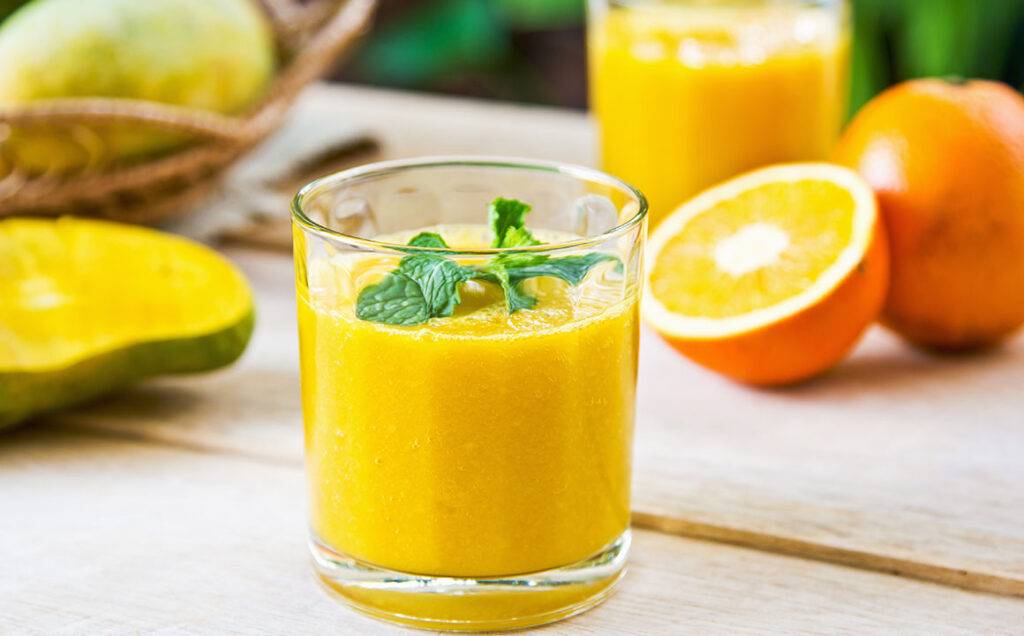Imagine this — you’re cooking dinner, but one ingredient is missing. And all you have to do is step into your backyard and pluck fresh, organic fruit and/or veggies. Growing fruits and veggies isn’t nearly as complicated as you may think it is. And once you get the hang of it — you’ll have a lifelong supply of delicious and healthy foods. So if you’re interested in planting and growing your first edible plants, here is everything that you should know.
Soil, Plants, Water
Healthy soil is the foundation for a thriving garden. Before planting, it’s important to prepare the soil properly. Start by removing any weeds or debris. Loosen the soil using a garden fork or a tiller to improve drainage and aeration. Adding organic matter, such as compost or well-rotted manure, will enrich the soil with essential nutrients and improve its structure. Consider getting a soil test done to determine if any specific amendments are needed to optimize the soil’s pH levels.
Once the soil is prepared, it’s time to start planting. Follow the planting guidelines for each vegetable or fruit variety. Take into account the recommended spacing between plants to allow for proper growth and airflow. Planting too closely together can lead to overcrowding and an increased risk of diseases. Proper spacing will also make it easier to access your plants for maintenance and harvesting.
Watering is a critical aspect of plant care. Regular and consistent watering is essential, especially during the hotter months. It’s best to water deeply and less frequently rather than shallowly and frequently. This encourages the plants to develop strong root systems by searching for water deeper in the soil. Aim to water the plants in the early morning or late afternoon to minimize evaporation and allow the foliage to dry before evening, reducing the risk of diseases.
Organic Pest Control

Weeds can compete with your fruits and vegetables for nutrients and water, so regular weeding is essential. Take the time to remove any weeds that pop up in your garden beds. Mulching around the plants with organic materials such as straw, wood chips, or compost can help suppress weed growth and retain soil moisture. Mulch also acts as a natural insulator, regulating soil temperature and reducing water loss through evaporation.
Implementing organic pest management strategies will help protect your crops from common garden pests without relying on harsh chemicals. Companion planting, which involves growing certain plants together to deter pests, can be an effective method. For example, planting marigolds alongside your vegetable crops can help repel nematodes. Physical barriers like row covers or netting can prevent pests from reaching your plants. Additionally, natural pest repellents, such as garlic or neem oil sprays, can be used sparingly and as needed.
Harvesting and Storing

One of the most rewarding aspects of gardening is harvesting your homegrown produce. Harvesting at the right time is crucial to ensure the best flavor and texture. Each fruit and vegetable has its own ideal harvesting period, so consult gardening resources or seed packets for guidance. For example, tomatoes are best picked when fully ripe and have a deep color and firm texture. On the other hand, cucumbers should be harvested when they reach a certain size before they become overripe and bitter.
Use sharp, clean tools to harvest your crops, and handle them with care to avoid damage. Place harvested produce gently in a basket or container, taking care not to bruise or crush delicate fruits and vegetables. Enjoy your harvest at its peak freshness, and consider preserving any excess produce through canning, freezing, or drying for year-round enjoyment. These preservation methods will allow you to savor the flavors of your garden even during the colder months.

